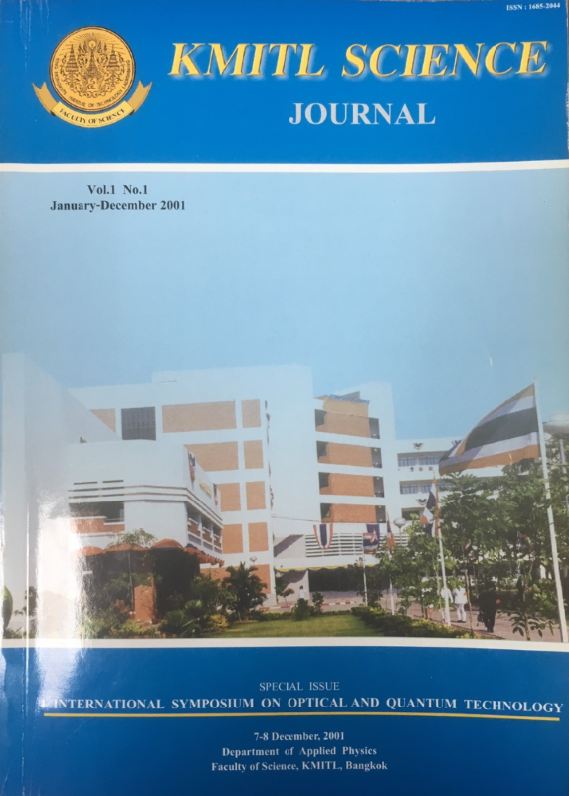This paper reports on work done with a range of silica fibres, doped with several important rare earth ions such as Er, Nd, Yb and Tm, to create a range of novel optical sensors. The approach reported herein is based on monitoring and analysis of the fluorescence decay from such fibres in time domain as well as in the frequency domain. With these fibres, temperature sensors operating in the range from as low as -200 °C to beyond 1000 °C have been constructed. A temperature resolution of the order of a few degrees Celsius has been typically reported from these types of sensors. Fibre of this type has been used in a simple yet effective structural integrity monitoring system (having been incorporated successfully into concrete samples) and an optical fire alarm system with potential applications for engine monitoring has been developed. A further recent discovery is a small level of strain sensitivity in such fibres – this has been explored over the region from 0 to 2000 µɛ, showing a level of resolution better than a few tens of microstrain, but the temperature and strain information can be addressed simultaneously by incorporating Fibre Bragg Gratings (FBGs) in the fibres. Very recent work has shown the potential of this type of intrinsic yet dual sensor for a wide range of temperature and strain measurement.
Keywords: Rare-earth doped fibre sensor, fluorescence decay, fibre Bragg grating (FBC), strain sensor, temperature sensor.
Corresponding author: E-mail: cast@kmitl.ac.th
Sun, T. ., Grattan, K. ., Wade, S. ., Forsyth, D. ., & Sun, W. . (2018). Silica Optical Fibre Based Temperature and Strain Sensors. CURRENT APPLIED SCIENCE AND TECHNOLOGY, 24-34.

https://cast.kmitl.ac.th/articles/153089